Mandates, Dollars & Paper Trails
(From the Upcoming Book: Dyslexic No More: Saved by the ABC’s by Meg Rayborn Dawson)
 “It was clear to me that we did not really have a clear idea or understand how children should be taught to read. Statistics showed us that 40 to 60 percent of elementary students were not reading proficiently, but there was no strategy or plan in place to help deal with that problem.” (Senator Thad Cochran, Report of the National Reading Panel, 2000)
“It was clear to me that we did not really have a clear idea or understand how children should be taught to read. Statistics showed us that 40 to 60 percent of elementary students were not reading proficiently, but there was no strategy or plan in place to help deal with that problem.” (Senator Thad Cochran, Report of the National Reading Panel, 2000)
Nearly half of elementary school children could not read at basic levels. They could not read fluently. They did not understand what they read.
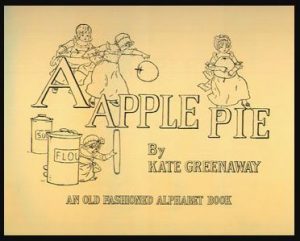 Yet, reading research suggested that at least 90 to 95 percent of students COULD BE BROUGHT UP TO AVERAGE READING SKILLS if:
Yet, reading research suggested that at least 90 to 95 percent of students COULD BE BROUGHT UP TO AVERAGE READING SKILLS if:
- children at risk for reading failure were identified during the kindergarten and first grade years; and
- early intervention programs that combine instruction in phonological awareness, phonics, and reading comprehension were provided by well-trained teachers.
If early intervention programs were delayed until the children reached 9 years of age, however, approximately 75 percent of the at-risk group would continue to have reading difficulties through high school, and while older children and adults can be taught to read, the time and expense of doing so is enormous.
Those findings were presented to the U.S. Senate in 1997 by Senator Thad Cochran, as the “Successful Reading Research and Instruction Act.”
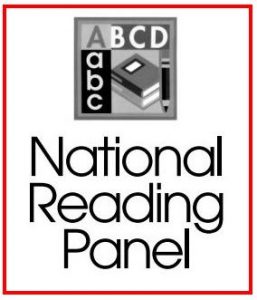 Cochran’s bill acknowledged years of reading research and its discoveries. But he wanted to learn what worked. He wanted to begin the thorough academic examination of hundreds of thousands of studies, representing HUNDREDS OF MILLIONS of dollars. And he looked forward to the adoption of the very best knowledge and practices, those which survived the test of rigorous scientific investigation.
Cochran’s bill acknowledged years of reading research and its discoveries. But he wanted to learn what worked. He wanted to begin the thorough academic examination of hundreds of thousands of studies, representing HUNDREDS OF MILLIONS of dollars. And he looked forward to the adoption of the very best knowledge and practices, those which survived the test of rigorous scientific investigation.
To achieve these goals, a panel of experts was created. Professors of Education and Psychology, researchers, teachers, administrators and even parents were selected; and this National Reading Panel (NRP), began the unconceivable task of selecting, organizing, and studying peer-reviewed research studies from the previous 30 years.
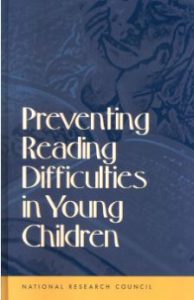 The NRP Consults a Previous Review of Reading Research and Builds on It:
The NRP Consults a Previous Review of Reading Research and Builds on It:
Another report, like the one expected from this new panel, had recently been completed by the National Research Council (NRC, 2018). It was titled “Preventing Reading Difficulties in Young Children.”
The new panel used the information found in the NRC report; and they created a sophisticated research methodology for consolidating the results of previous studies and for making a statistical analysis of the combined results.
NRC Report and NRP Report Recommend Phonics-Based Instruction
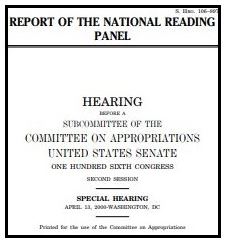 The NRC’s “Preventing Reading Difficulties Report” emphasized the importance of exposing new readers to “frequent, regular spelling-sound relationships”, and to teach them the nature of the “alphabetic writing system”. The report’s executive summary states that “adequate progress in learning to read English (or any alphabetic language) beyond the initial level depends on having a working understanding of HOW SOUNDS ARE REPRESENTED ALPHABETICALLY.”
The NRC’s “Preventing Reading Difficulties Report” emphasized the importance of exposing new readers to “frequent, regular spelling-sound relationships”, and to teach them the nature of the “alphabetic writing system”. The report’s executive summary states that “adequate progress in learning to read English (or any alphabetic language) beyond the initial level depends on having a working understanding of HOW SOUNDS ARE REPRESENTED ALPHABETICALLY.”
A similar announcement was made when the U.S. Senate heard the discoveries of the new panel. During the U.S. Senate Hearing for the National Reading Panel Report, Dr. Sally Shaywitz was introduced as “the physician on the panel, but also a very distinguished learning and neuroscience researcher.” She answered a question from Senator Cochran, “Did teaching children about phonemic awareness and phonics help them read better?”
Shaywitz testified, “Yes, it did. It helped their phonemic awareness and phonics, but most importantly, IT HELPED THEIR READING. It also HELPED THEIR SPELLING; it HELPED THEIR READING COMPREHENSION. So, this was very important. And it helped all types of children at different stages and in different ages.
And what about Dyslexia?
Phonemic Awareness?
Phonics?
Systematic Phonics?
Synthetic Phonics?
Spelling-sound Relationships?
Alphabetic Writing System?
These terms basically refer to the same thing.
 English is an alphabetic language system. Written words represent spoken sounds. Letters (or letter combinations) are put together to form words, as they sound when we speak them. For example, when we say dog, we use the sounds: /d/, /o/, and /g/. If we wish to show that word on paper, we write the letters (or combinations of letters) which make the word. And we write them from left to right in the order which we hear them.
English is an alphabetic language system. Written words represent spoken sounds. Letters (or letter combinations) are put together to form words, as they sound when we speak them. For example, when we say dog, we use the sounds: /d/, /o/, and /g/. If we wish to show that word on paper, we write the letters (or combinations of letters) which make the word. And we write them from left to right in the order which we hear them.
There is a growing consensus, within science-based research, that the most important prerequisite for reading is to understand how written words are made, and how sounds are represented — as they are taken from hearing to writing.
This implies that if students do not learn the written sounds of the language, and if their eyes are not trained to move smoothly across each word from left to right, as they blend the sounds in order, they are less likely to become successful readers. We use the term dyslexia to label many of these students.
 And what about Fluency and Comprehension? When a child learns to sound out words, his skill grows in an orderly manner. The original process is quite laborious, but short-lived. Students must learn to recognize each letter or letter combination; apply its sound and blend those sounds to make words. But once a word has been sounded out a few times, it moves into the reader’s memory and can then be recognized (when retrieved from memory) as a complete word. Once this word is in the reader’s memory bank, he will recognize it automatically. As his reading vocabulary increases, so does the speed and smoothness of his reading. In scientific terms this is called automaticity.
And what about Fluency and Comprehension? When a child learns to sound out words, his skill grows in an orderly manner. The original process is quite laborious, but short-lived. Students must learn to recognize each letter or letter combination; apply its sound and blend those sounds to make words. But once a word has been sounded out a few times, it moves into the reader’s memory and can then be recognized (when retrieved from memory) as a complete word. Once this word is in the reader’s memory bank, he will recognize it automatically. As his reading vocabulary increases, so does the speed and smoothness of his reading. In scientific terms this is called automaticity.
 As the reading becomes more automatic, the fluency improves. As the fluency improves, comprehension follows. The secret to good reading is PRACTICE, PRACTICE, and more PRACTICE. The eyes need to learn to track from left to right across the words as the reader applies the sounds and blends them into words, and the reading vocabulary must be continually increased (in memory) as new words are sounded out and then stored. Readers must learn to stay focused on the task without being distracted, and their attention spans must gradually increase.
As the reading becomes more automatic, the fluency improves. As the fluency improves, comprehension follows. The secret to good reading is PRACTICE, PRACTICE, and more PRACTICE. The eyes need to learn to track from left to right across the words as the reader applies the sounds and blends them into words, and the reading vocabulary must be continually increased (in memory) as new words are sounded out and then stored. Readers must learn to stay focused on the task without being distracted, and their attention spans must gradually increase.
This is where support is important. Spending time with children when they read out loud will provide great rewards. Children need to exercise their reading skill, and the value of this exercise, for most learners, will improve when someone is listening. A good listener becomes an encourager and a coach.
The experience is as edifying to the listener as it is to the reader.
Question for parents:
Do your children understand that letters represent sounds?
If not, teach them. You’ll be amazed by the results.
Coming next: Chapter Two — Learning to use the Alphabetic Code
by Meg Rayborn Dawson (homeschooling mom of 9)

MS, Exceptional Student Education (Univ. of W. Florida) emphasis on Applied Behavior Analysis
MA, psychology (Grand Canyon University)
Bachelor of Arts (Northwest Nazarene University)
*******************************************************************
For Parents who are concerned about assuring a solid base for their Children’s education. READING is the bedrock. One good way to assure the best results is to teach your OWN children to read. And it is much easier than you ever dreamed. All you need is a good program like ALPHA-PHONICS. Alpha-Phonics has been used by tens of thousands of Parents, easily and successfully FOR 38 YEARS. Most Parents find they only need 15-30 minutes a day and can complete the course in only a few Months. Parents need NO experience or special training to teach their Children to become excellent readers. This may sound impossible, but, if you read the reviews and testimonials below, you will learn it is true.
WEBSITE TESTIMONIALS CATHY DUFFY REVIEW

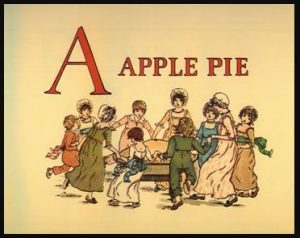
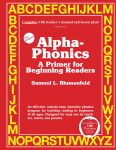
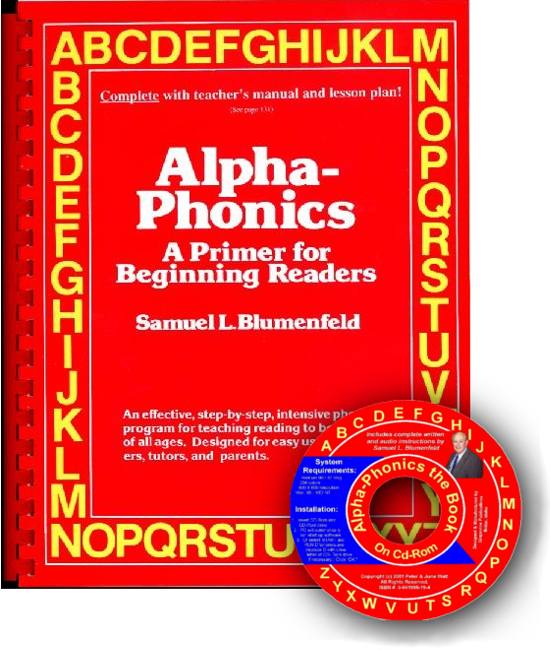 Alpha-Phonics
Alpha-Phonics The Alphabet Song!
The Alphabet Song! Water on the Floor
Water on the Floor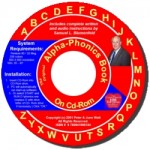 Alpha-Phonics the Book on CD Rom
Alpha-Phonics the Book on CD Rom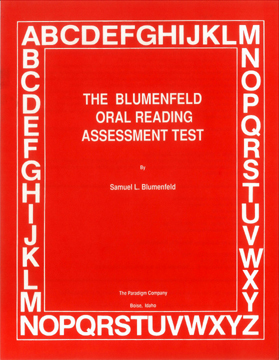 Blumenfeld Oral Reading Assessment Test
Blumenfeld Oral Reading Assessment Test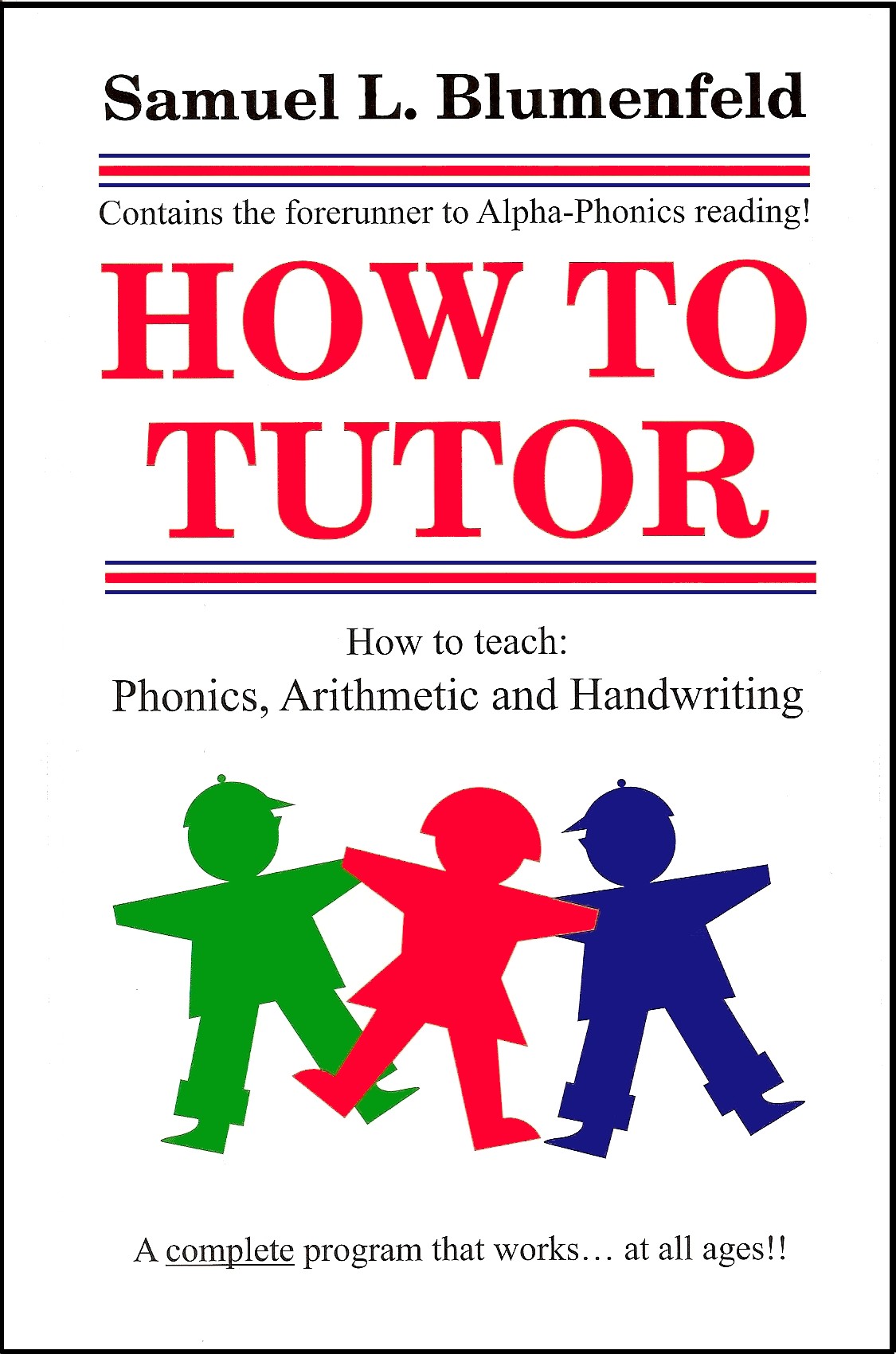 How To Tutor
How To Tutor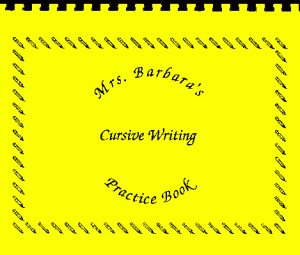 How To Tutor Cursive Handwriting Workbook
How To Tutor Cursive Handwriting Workbook
Leave a Reply
You must be logged in to post a comment.